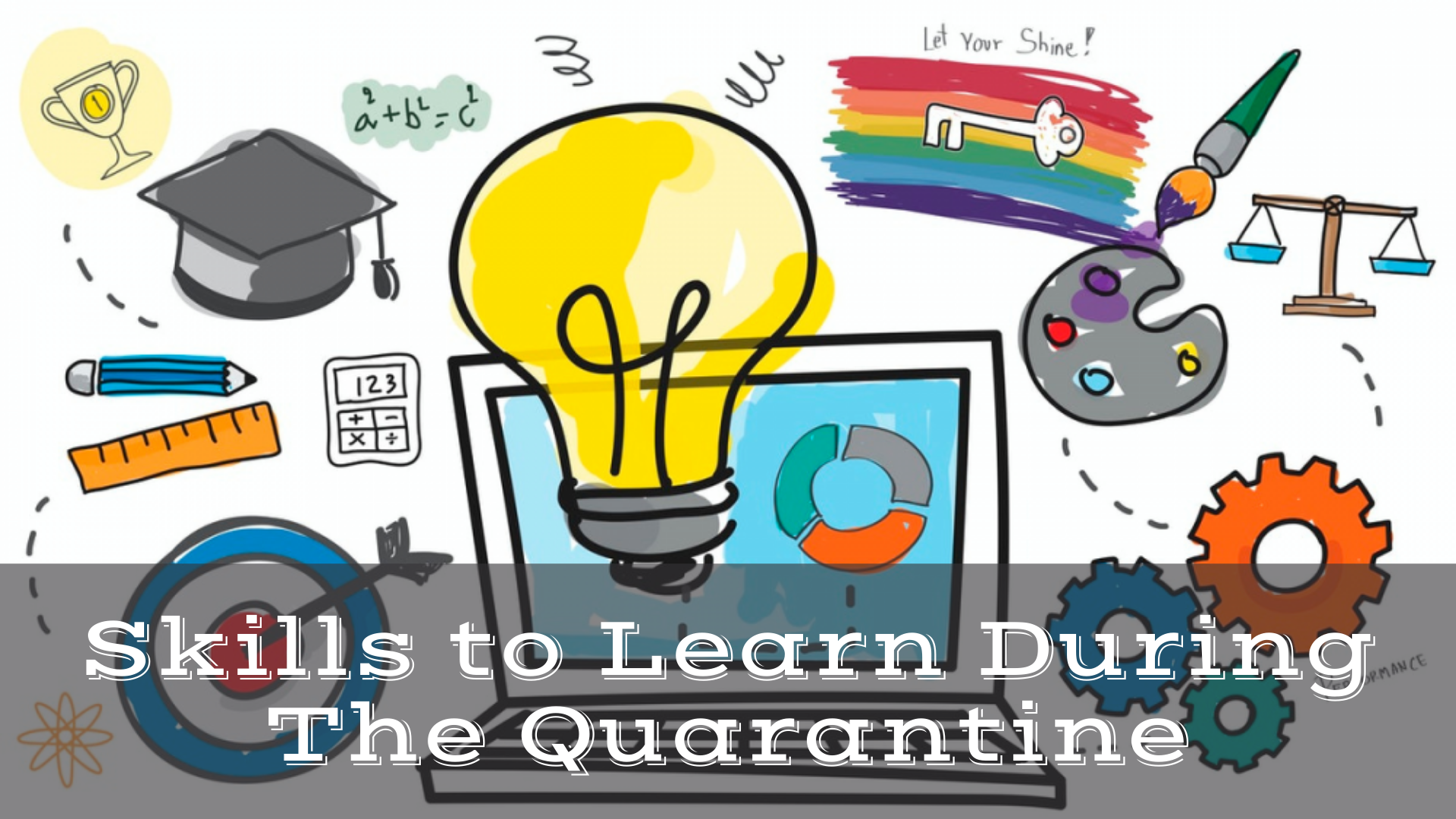How Technology Has Changed Education?
It is clear that technology has changed education, and that's a good thing. As kids become more tech-savvy, teachers are better equipped with technology to keep pace with them. Technology is making education a globally more connected experience. It seems as if every day brings new developments in the world of technology. We're able to access information on virtually any topic instantly from computers and smartphones. In many ways, this is great for education — especially for younger students — since they're exposed to information that used to be hard to find or was only available in books.
The number of young people who use the Internet has grown tremendously over the past decade, according to the Pew Research Center. In 2000, less than half of U.S. teenagers had access to computers at home and 6 percent used cell phones; by 2010, 93 percent of teens had home computer access and 84 percent had cell phone access. This explosion of technology in daily life has created a whole new generation that's comfortable using technology and understanding how it works.
One of the ways technology is changing education is by creating an environment of collaboration and communication between teachers and students.
Teachers can better communicate with parents regarding their child's progress in school.
Students can stay up to date on their assignments, ask questions, and even take notes directly in class.
The internet has made it possible for students in far-flung places to connect as well as other teachers around the world. And it's not just about sharing information — it's about sharing skill sets.
Technology is also being used to make the classroom more interactive, allowing students to learn in different ways than they may have before.
There are many different ways technology is used in education. It can be used to teach, as well as keep students engaged. There are many tools that teachers have at their fingertips and young kids are getting more and more comfortable with using them.
Things like the internet, cell phones, and other devices are used daily in schools in India. Kids are staying connected with their friends through social networking sites like Facebook, Twitter, and Instagram. They're also learning about safety issues on websites like YouTube, which offers videos about bullying, cyber-bullying, self-injury, and suicide prevention.
The Internet is an excellent resource for teachers to utilize in the classroom. Its vast information on any subject can be accessed quickly by typing in a topic or term and getting an immediate response from a variety of credible sources.
The Internet can help students learn how to use research tools critically, find credible sources of information online, develop skills for efficiently locating relevant sources of information for papers and projects, develop writing skills by having access to all sorts of text types (poems, editorials, essays), learn how to cite credible sources properly in their papers (including citing websites or blogs), collaborate with others through e-mailing assignments or wikis/blogs/discussion boards, etc.
In the past, it was hard to imagine a world where education was not limited to physical classrooms. Today, technology has made it possible for us to learn almost anything from almost anywhere. The use of technology has increased access to information and resources as well as changed the way students are taught in the classroom.




Comments
Post a Comment